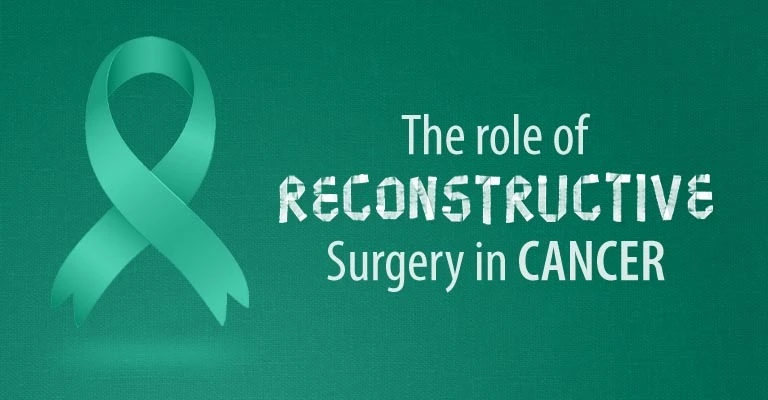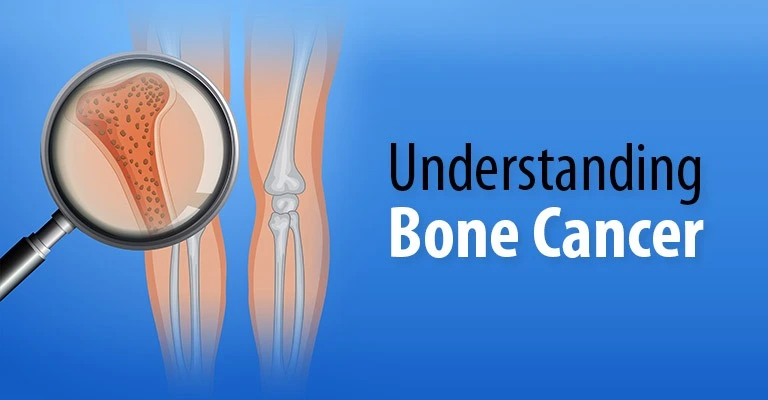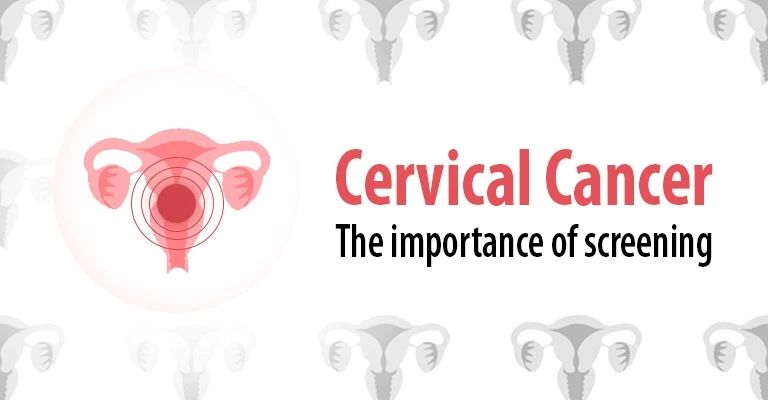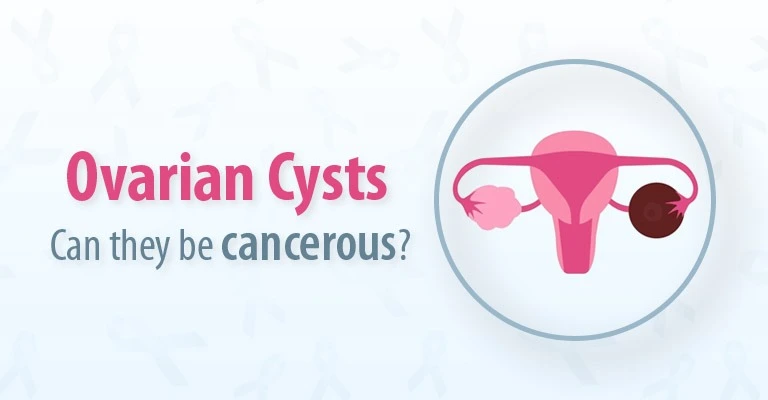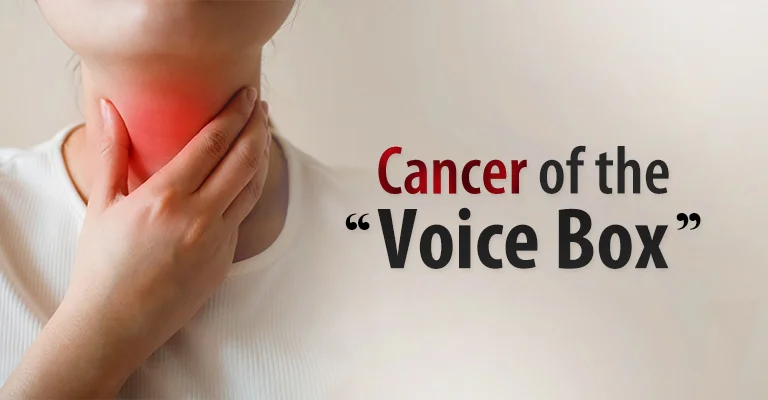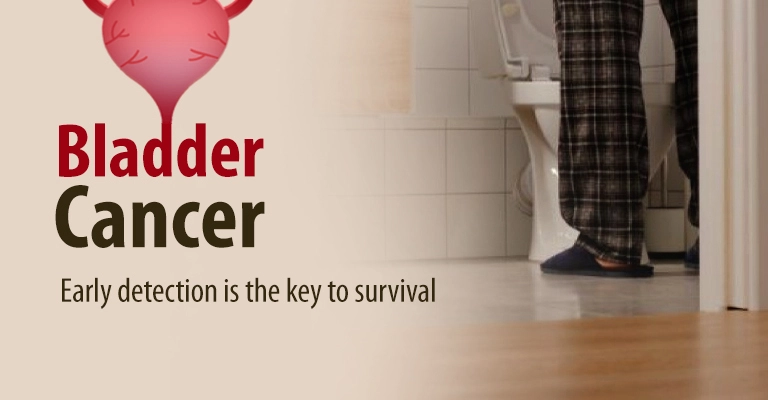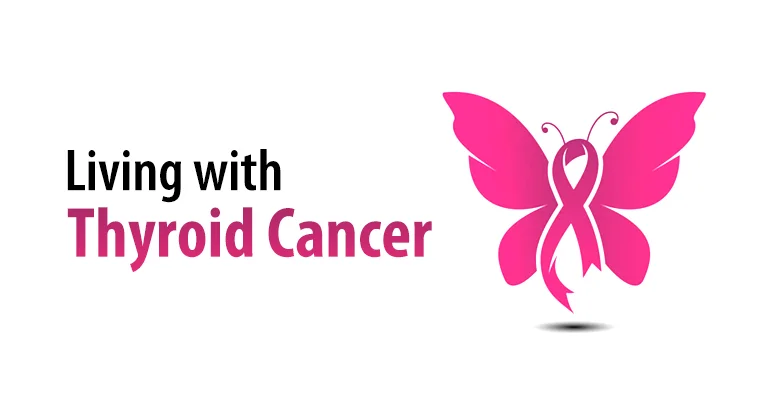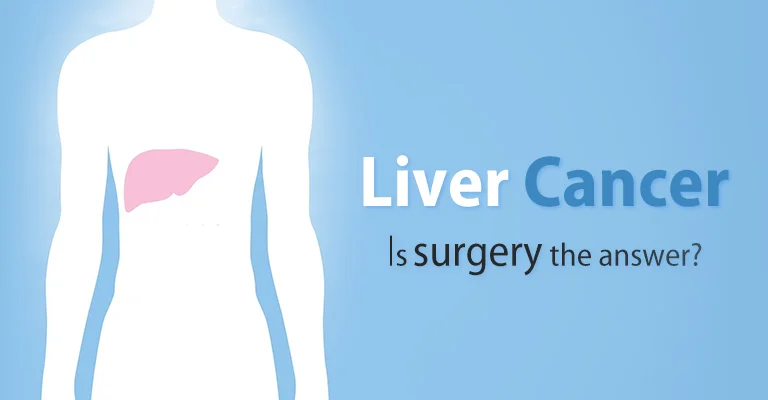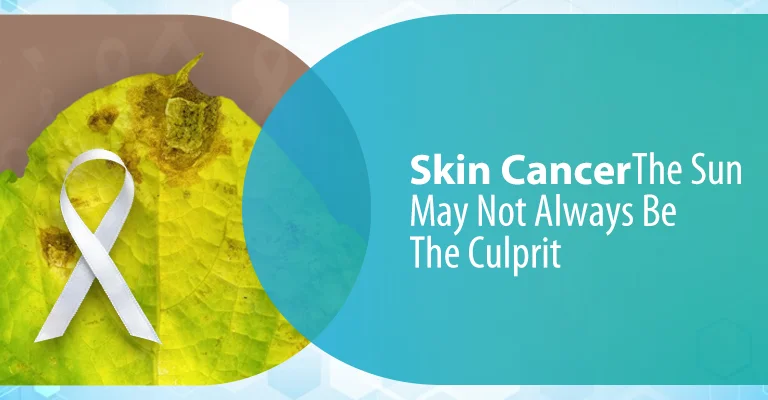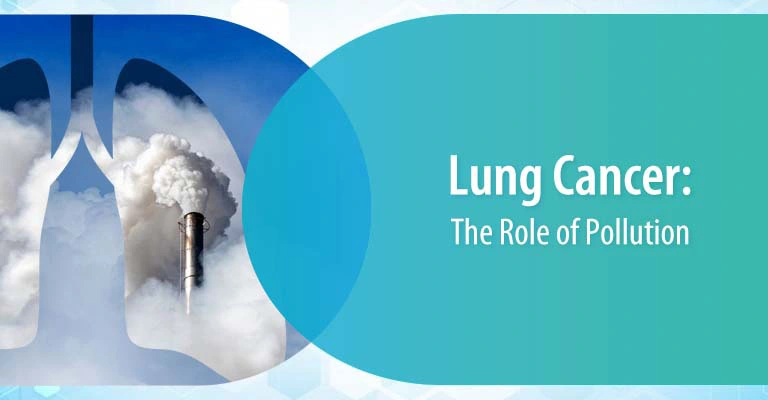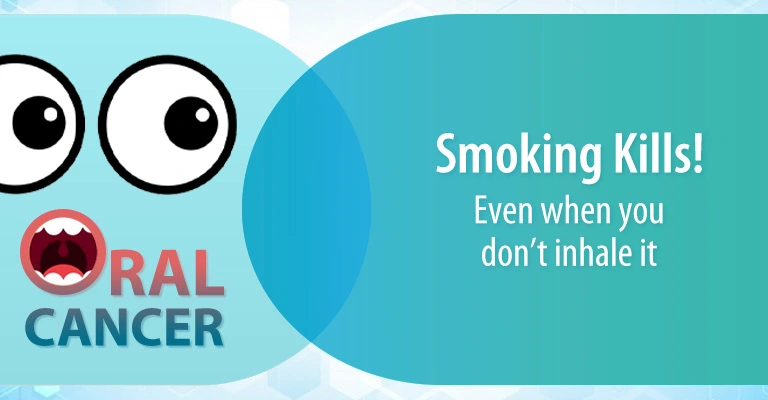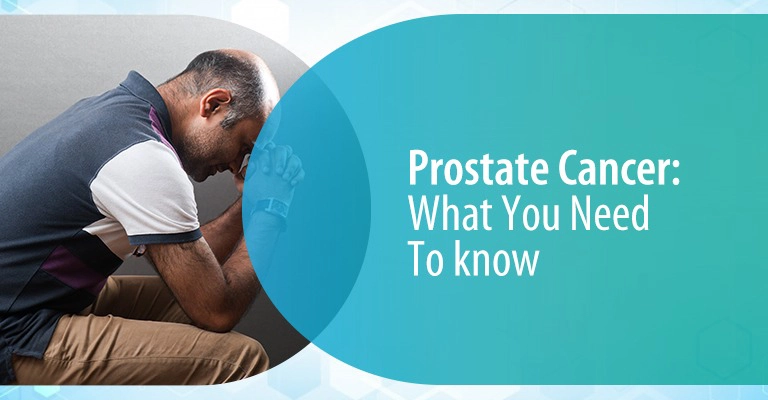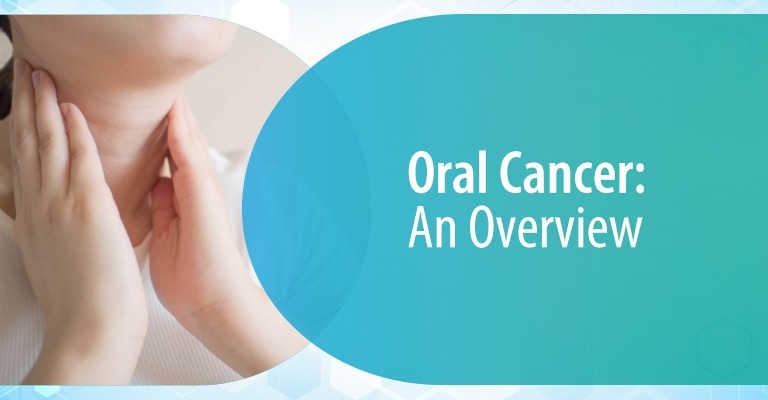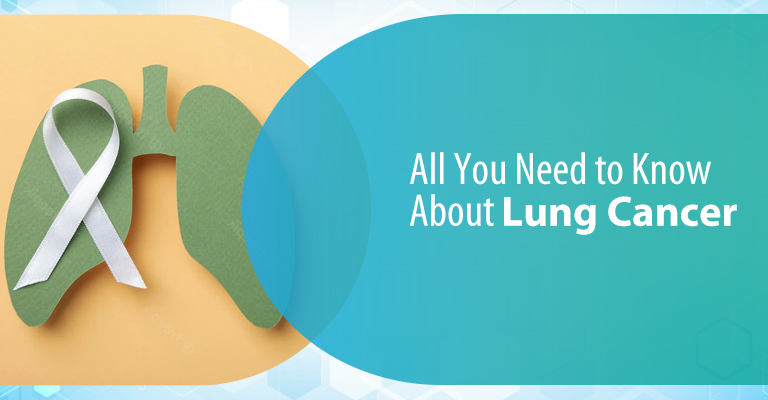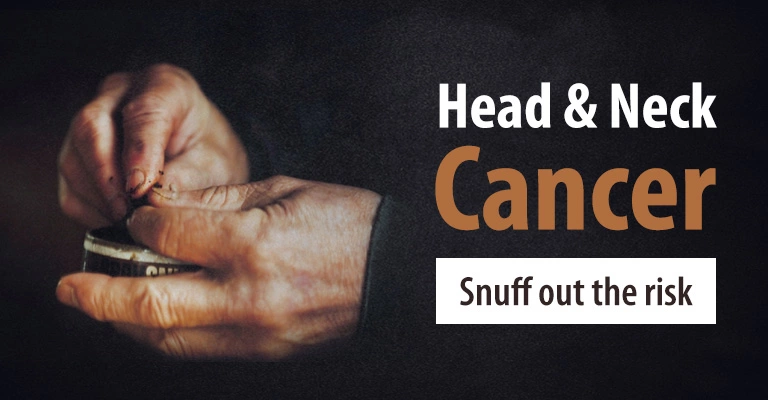
A group of cancers that are found in the head and neck regions of the body are more common among the male population, especially those above 40. This group of cancers is commonly collectively referred to as head & neck cancers. Tobacco and alcohol are the two main factors responsible for these malignancies. Another critical risk factor for some head and neck cancers is HPV or the human papillomavirus.
Cancer of the oral cavity is the most common type of head and neck cancer. However, it can affect the salivary glands, sinuses, nasal cavity, tonsils, throat and larynx, besides the ears and lymph nodes in the upper region of the neck.
What are the known risk factors for these cancers?
The two most devastating causes are tobacco and alcohol.
# Tobacco: is pegged as the biggest risk factor, either in the form of smoking cigarettes, cigars, or pipes or chewing tobacco and snuff. Research reveals that tobacco use is responsible for 70% to 80% of cancers of the mouth and adjoining areas. Passive smoking or secondhand smoke also heightens the risk.
# Alcohol: Unbridled consumption of alcohol increases the risk of developing cancer in the mouth, pharynx, larynx, and esophagus, doctors say.
Alcohol and tobacco in tandem can be a deadly cocktail, multiplying the risk manifold.
Other risk factors include:
# Exposure to the sun: Long exposure to the sun is associated with skin cancer of the head and neck as well as in the lip area.
# HPV: It has been proven that human papillomavirus infection is a defined risk. The most common vehicle for getting this infection is having sex with someone who has HPV. HPV vaccines can protect against certain cancers.
# Epstein-Barr virus: Exposure to this virus has been linked to nasopharyngeal cancer.
# Gender: Experts concur that men are 2 to 3 times more likely than women to develop cancers of this kind, even though the incidence has been steadily on the rise among women.
# Age: People on the wrong side of 40 runs a higher risk for head and neck cancer.
# Poor oral hygiene: A callous approach towards oral and dental hygiene also can increase the risk of head and neck cancer.
# Poor nutrition: A deficiency of vitamins A and B in the diet can increase the risk as well.
# GERD & LPRD: Gastroesophageal reflux disease and laryngopharyngeal reflux disease, conditions which cause backflow of stomach acid into the upper airway and throat, could also be a cause.
# Compromised immune system: A weak immune system means an increased propensity for cancer
# Radiation: Exposure to radiation is linked to salivary gland cancer.
# Previous history: Those with a prior history of head and neck cancer are at a higher risk.
What are the symptoms to look out for?
Symptoms of head and neck cancer often mimic those of common cold or throat infections, this often makes is hard to diagnose the malaise. Watch out for:
- A sore in the mouth or gums that does not heal with time
- A patch – white or red – inside the mouth (gums, tongue or mouth lining)
- Sore throat that persists over a long time
- Change in voice or hoarseness
- A swelling on the side of the face, in the jaw or neck
- Persistent sinus infections not responding to antibiotics
- A stubborn neck pain
- Persistent and frequent headaches
- Persistent toothache
- Bleeding from the nose or in saliva
- Finding it difficult to swallow
- Earaches that frequently recur or persist
- Difficulty in breathing or speaking
How can these cancers be diagnosed?
There are a number of diagnostic tests that are used, depending on factors like the type of cancer suspected; signs and symptoms; age and general health condition; earlier test results, etc.
Some of the diagnostic tools used are:
- Physical examination/blood and urine tests
- Endoscopy
- Biopsy
- Biomarker testing of tumour
- X-ray/barium swallow imaging
- Rotating radiograph
- Ultrasound
- CT scan
- MRI scan
- Bone scan
- PET or PET-CT scan
What is the treatment?
Treatment would largely depend on the stage, location and spread of cancer
Cancers in the earlier stages (I & II) that have not metastasized (spread to another location), are usually curable. At later stages (III & IV), the tumours could have increased in size and may have spread to the nearest lymph nodes, but most still provide a fair chance for a cure. However, cancers that have spread to other parts of the body are generally rendered incurable, and the protocol is management and pain relief.
There are 3 principal methods of treatment. A patient may need either one, two or a combination of all 3.
- Surgery: removes the cancerous tissues and some healthy surrounding tissues, and also lymph nodes if metastasis is suspected. Some patients may need reconstructive surgeries and speech therapy.
- Radiation therapy: High-energy rays are targeted at cancer cells to kill them. Side effects can include soreness, difficulty swallowing, loss of taste, appetite and nausea.
- Chemotherapy: A combination of anti-cancer drugs is used to destroy cancer cells. Side effects can include, loss of hair, mouth sores, appetite loss, nausea, vomiting, fatigue, rashes and joint aches.
Other options include:
Targeted therapy: This treatment method targets the cancer’s specific genes, proteins, or tissue environment, blocking the growth and spread of cancer cells.
Immunotherapy: This method is meant to boost the body’s natural defences to fight cancer, using materials produced by the body or in a lab to augment or restore immune system function.
For successful treatment, early detection is the key. Look out for signs and symptoms and immediately consult a doctor if you notice any change.




